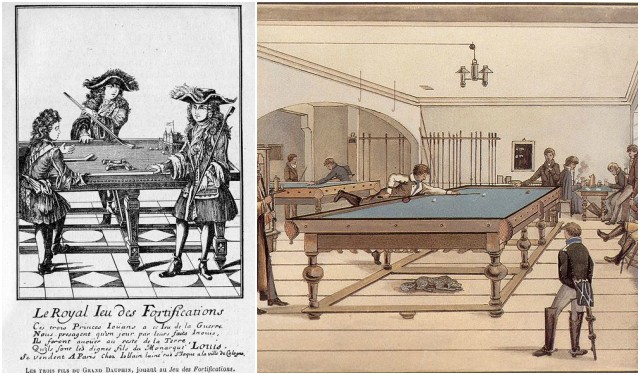One of the most popular games in the world, which is played by people of all ages, is the billiard, also known as pool. No one can tell for sure when or where it was exactly invented, but historians claim that it evolved in Eastern Europe, probably France, in the 15th century. The first to play Billiard were the nobles.
The word ‘billiard’ evolved from the French word billart meaning ‘stick’ which refers to the ‘mace’ – a tool which resembled the golf club and was used before the introduction of the modern cue.
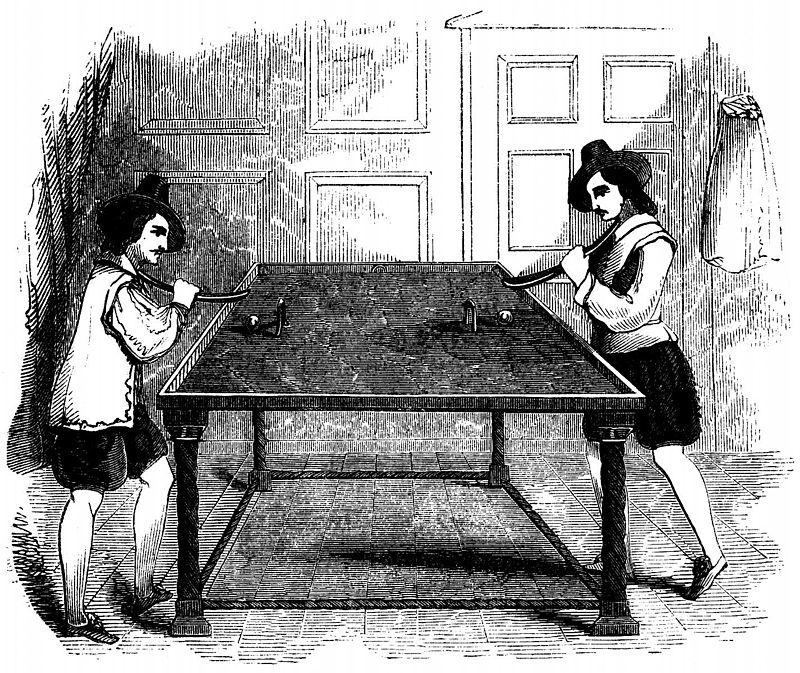
At the beginning, Billiard was played outdoor as a lawn game similar to the croquet. It moved indoors to a wooden table with green cloth to simulate grass. Around the edges of the table, which had six pockets, a simple border was edged. A carpenter, named Henry Waller, was the first who manufactured billiard tables. He made a billiard table for King James I of England in 1605.
At the beginning of the 18th century, there were no taxes for board games, but this was not the case with the billiard.
People who owned billiard tables in their homes had to pay taxes for them. In the middle of the 18th century, billiard was played everywhere and the game had profoundly changed.
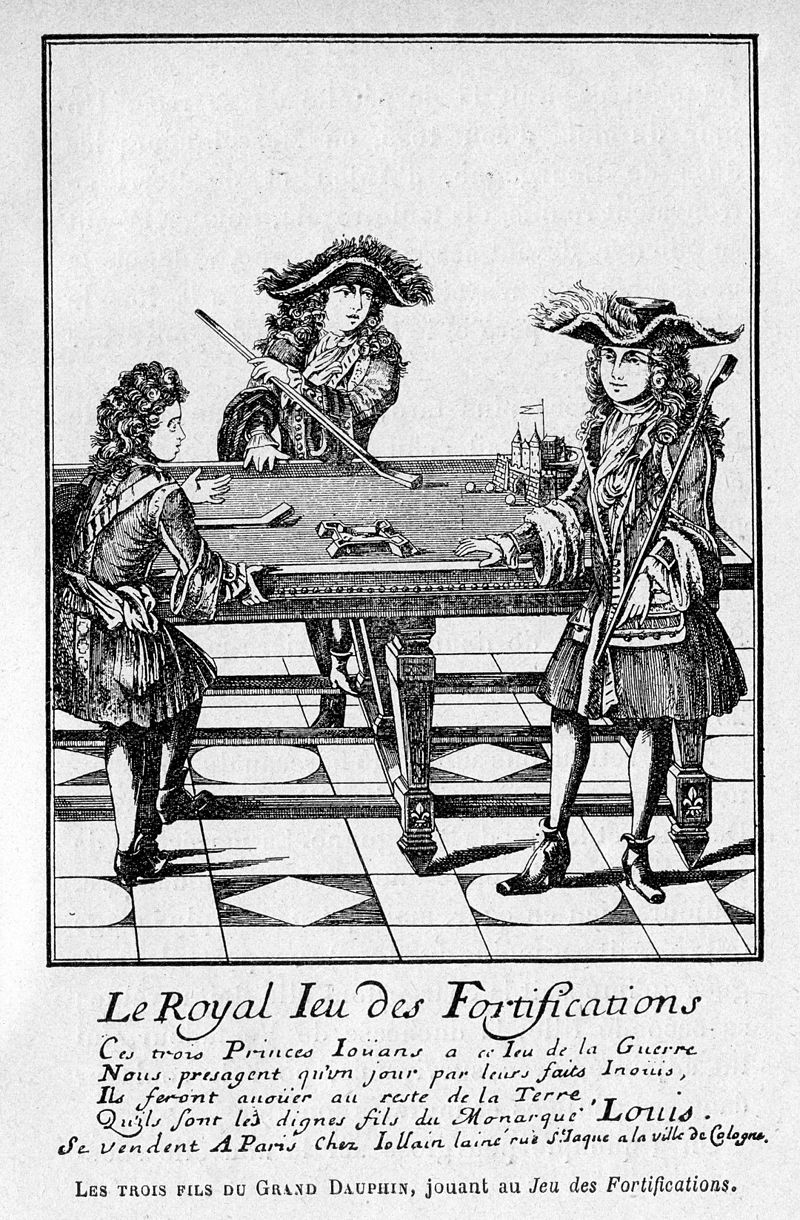
The mace, which was previously used, had a large head which made it inconvenient for use, so it was replaced with the ‘queue’, also known as ‘cue’, which increased the precision of the hit.
At first, only the men were allowed to use the cue, whereas the women had to use the mace. This was due to the clothing at that time. The comfortable clothes that men wore, allowed them to freely turn and sprawl, whereas women had noble robes with a funicular skid, which only allowed an upright stance. So, that is why women stopped playing billiard at that time.
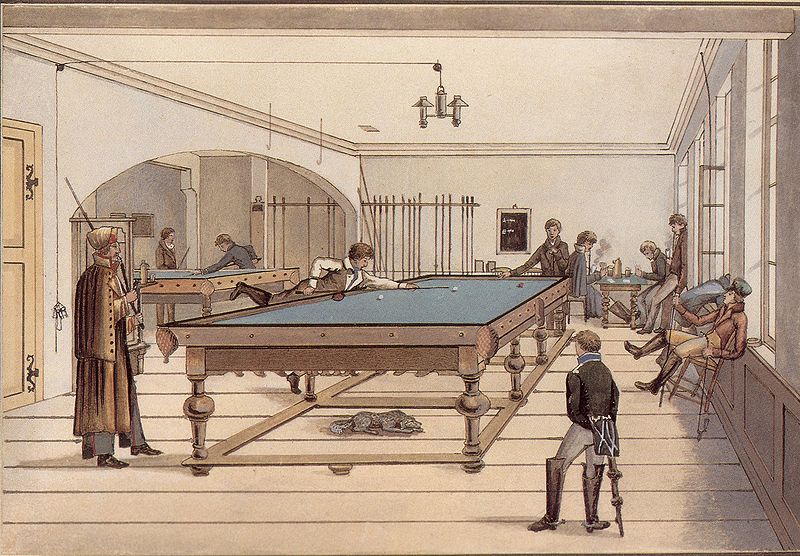
In the 18th century, many coffee houses in Europe offered a billiard game to the guests. The popularity of billiard spread rapidly.
In 1807, a French prisoner named Francois Mingaud made a fundamental change of the cue. On the top of it, he placed a little leather part. This increased the control of the ball and applied sidespin, topspin, or even backspin to the ball. While in prison, Francois played billiard very often. When the time was up for him, he refused to be released because he enjoyed playing billiard.
The use of chalk was popularized by an English billiards teacher, Jack Carr. He used the chalk when he wanted to hit the ball off-center in order to apply spin. After demonstrating the power of the chalk, Carr began to sell the chalk for an unreasonably high price.
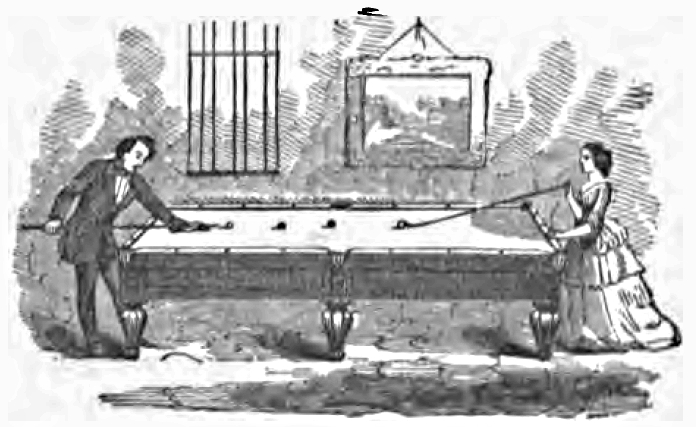
Different forms of billiard were played at that time. Carom billiard was played with three balls on a pocketless table. This version of billiard was popular in France, while in England the most popular form was the Pocket Billiard which was played with three balls on a six-pocket table.
By the end of the 1800s billiard became so popular in both Europe and America that it was no longer played only for entertainment but also as a sport, with tournaments, rules, and regulations.
